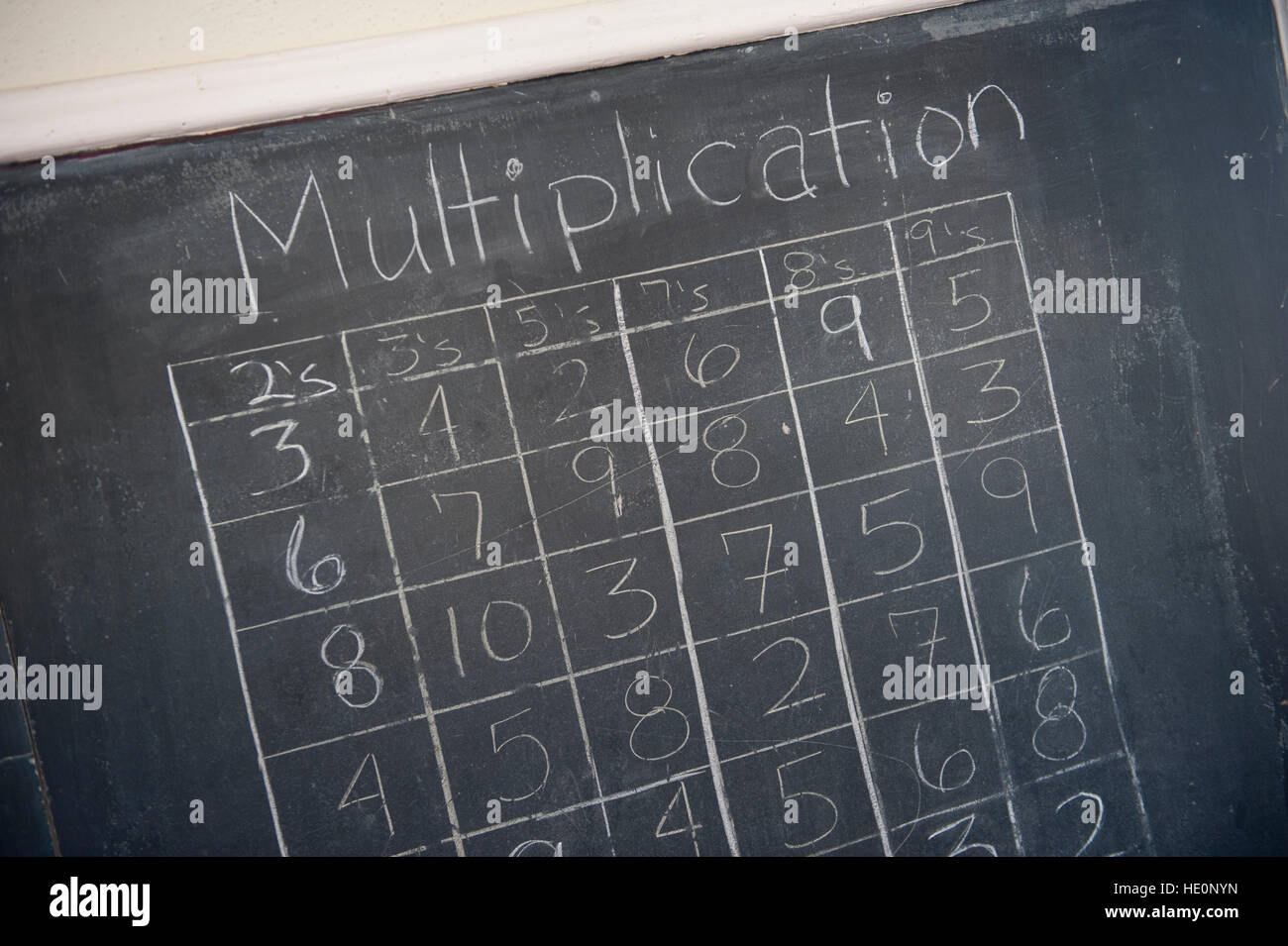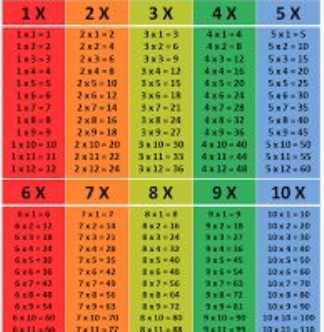
If you are located near Geelong VIC, then iCode School can help your children learn the times table in a fun and easy way. iCode School Makes Learning Times Table Fun and Easy Some kids learn times tables before they can talk, while others don't learn them until later in school. Times tables are a basic math concept that kids learn at different ages. This means being diligent with your own times table skills and showing your kids how important it is to have a good understanding of math concepts.įinally, never give up on your child! Even if they seem difficult at first, with enough persistence they will eventually be able to learn times tables effectively. Second, be sure to set a good example for them. This will help them to become interested in the subject and retain the information more easily. There are a few things that you can do to help your child learn their times tables.įirst, make sure that you are teaching them in a way that is both fun and challenging. The first player to get the answer, in this case 15 keeps both cards. You can also use a deck of playing cards, divide the cards equally and at the same time place a card down together.

One game involves rolling dice and multiplying the number by a specific number shown on each die. You can also create games to play with your children that involve using multiplication and division skills. Students should be quizzed on their times tables every day for about 15 minutes, or until they have mastered them.Īnother option is to have students recite them as they do their homework or as they do other tasks around the house. There are many different ways to teach times tables, but the best way is to use a combination of repetition and memorization. What is the Best Way to Teach Times Tables? It should be seen as an opportunity to improve mental arithmetic skills, develop a sense of numbers and make connections between numbers, shapes, and figures. Learning the times tables should not be a chore or something to be avoided.

It is important that children learn their times tables as early as they can because it will help them in developing other maths skills. In the same way, understanding the order of operations can help kids with problem-solving skills in other areas of maths.
#OLD SCHOOL TIMES TABLES MULTIPLICATION HOW TO#
These include fractions and percentages, as well as shapes.įor example, visualising a times table can help kids understand how to solve problems involving division. Understanding them can help them learn other concepts. Memorising times tables is just one way for kids to learn maths skills. It Helps Children Understand Other Maths Concepts This will help them solve problems involving addition, subtraction, division, and multiplication in their head and make memorising multiplication tables worth the time. Memorising the multiplication table is not just a quick method to teach your child arithmetic, but it will also give them a head start when they need to answer maths equations. They will be able to use knowledge and skills they’ve picked up over time to help solve any math problem that comes their way. Memorising the times tables can make it easier for children to answer multiplication questions in their head. Times Tables Help Kids with Mental Arithmetic By learning how to multiply numbers, kids can understand how to do more complex math problems. Multiplication is one of the building blocks of maths. Times tables can be a little bit confusing at first, but once kids understand them, they can use them to solve math problems quickly. And they help them learn some basic mathematical operations. They help them to understand the relationship between addition and subtraction. Kids learning the times tables are important for a number of reasons.įor example, they help children understand the multiplication table and how numbers relate to each other. Whatever method you choose, make sure that you are having fun and that your child feels confident about what they're learning. Some children might prefer learning their times tables with flash cards, while others might like using an app on their phone. Some schools use a rote memorization technique, while others use games or songs. There are many different ways that kids can learn their times tables, and it is up to the parents or teachers to find the best way for each child. This is when they start to become more aware of their numbers and can start to understand how they work together.

However, most experts agree that kids begin learning times tables around the age of 5-8. There is no definitive answer to this question as it depends on a variety of factors, including your child's age, intelligence level, and whether or not you are teaching them at home or in a formal setting. In this blog post, we will discuss when should kids start to learn about times tables and how to help them learn them. Times tables are a basic math skill that kids need to know at a young age.


 0 kommentar(er)
0 kommentar(er)
